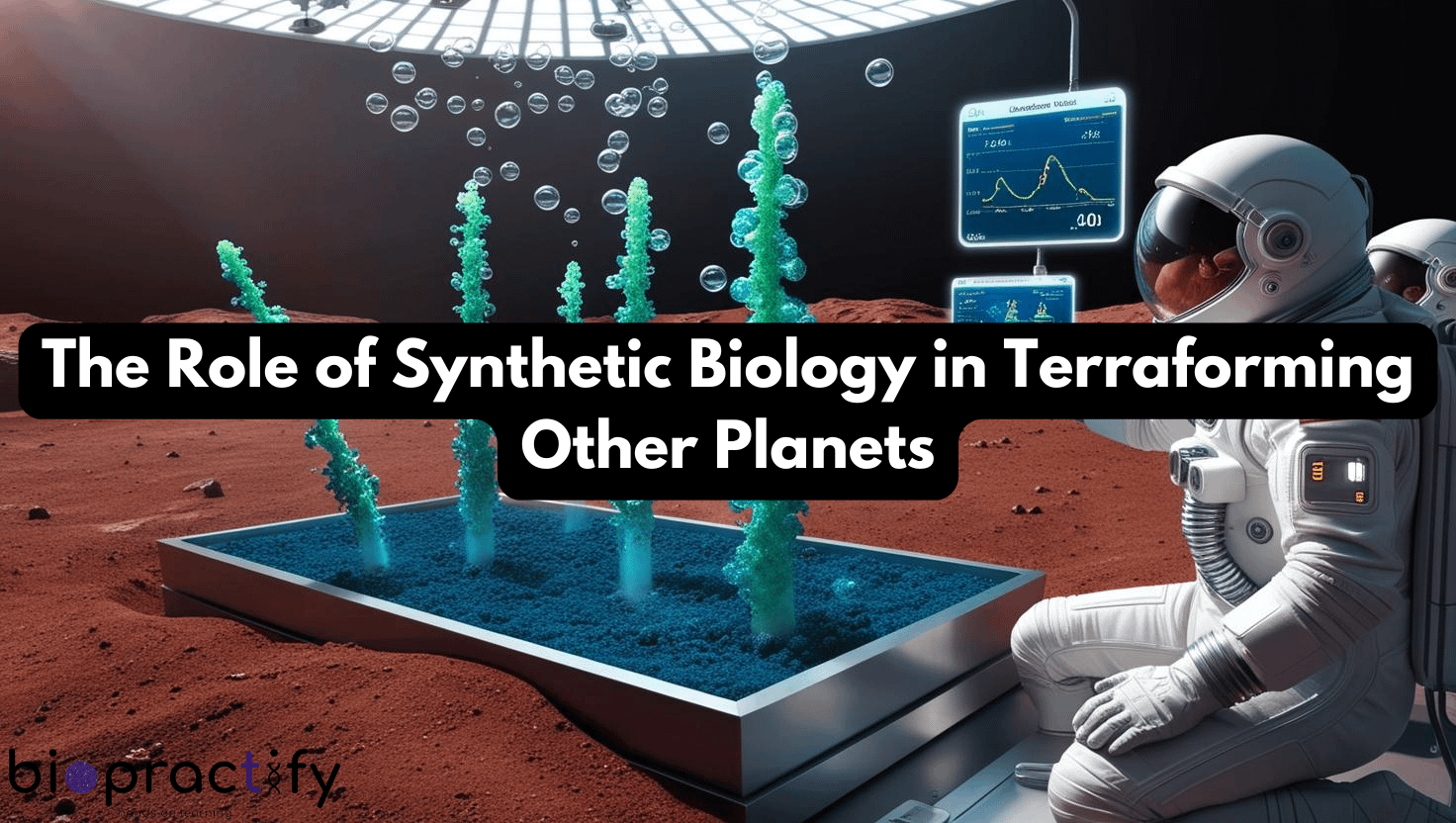How Synthetic Biology in Terraforming Other Planets Can Shape the Future
Terraforming other planets is one of humanity’s biggest dreams, but it comes with immense challenges. Synthetic biology in terraforming other planets is emerging as a revolutionary approach to making extraterrestrial environments more Earth-like. Scientists are exploring ways to modify microorganisms, engineer plants, and develop biosystems that can help create sustainable habitats beyond Earth.

Why Synthetic Biology is Essential for Terraforming Other Planets
Traditional terraforming methods, such as releasing greenhouse gases or modifying planetary surfaces, take centuries. Synthetic biology in terraforming other planets offers a faster and more adaptive solution. By designing biological systems that thrive in harsh environments, we can accelerate the transformation of planets like Mars, making them more habitable. This could significantly reduce the time needed to establish viable colonies beyond Earth.
Key Applications of Synthetic Biology in Terraforming Other Planets
1. Genetically Engineered Microbes for Atmosphere Creation
Microbes modified through synthetic biology can produce essential gases like oxygen. For example, cyanobacteria engineered to survive in low temperatures could generate breathable air on Mars. This approach mimics Earth’s natural oxygen cycle, making planetary environments more suitable for human life.
2. Creating Self-Sustaining Ecosystems
A major role of synthetic biology in terraforming other planets is designing organisms that can build entire ecosystems. Plants engineered for extreme conditions could provide food, oxygen, and soil stabilization. By using resilient plant species, we can introduce sustainable agriculture, reducing the need for Earth-based resources.
3. Bioengineered Materials for Space Colonies
Scientists are developing bacteria that produce bioplastics or concrete-like materials. These could be used to construct shelters, reducing dependence on Earth’s resources. This innovation allows future astronauts to build infrastructure using native biological resources rather than transporting materials from Earth.
Challenges of Using Synthetic Biology in Terraforming Other Planets
While promising, there are significant challenges in using synthetic biology in terraforming other planets:
- Unpredictable Mutations: Engineered organisms may evolve in unexpected ways, potentially harming ecosystems.
- Ethical Concerns: Introducing life to another planet raises moral and ecological questions.
- Long-Term Viability: Scientists must ensure these bioengineered solutions remain stable over centuries.
Future Prospects of Synthetic Biology in Terraforming Other Planets
With advancements in genetic engineering and artificial intelligence, synthetic biology in terraforming other planets is becoming more feasible. Research in space biosciences continues to push the boundaries of what is possible, paving the way for human colonization of Mars and beyond. As technology progresses, we may see fully automated bio-factories on other planets, producing essential materials and resources in real-time.
Conclusion
The role of synthetic biology in terraforming other planets is crucial for the future of space exploration. By harnessing the power of engineered life forms, we can create habitable worlds, ensuring that humanity thrives beyond Earth. This field represents the intersection of biology and space science, offering a tangible solution to interplanetary colonization.
Related Articles:
- The Science Behind Terraforming Mars
- How CRISPR is Revolutionizing Space Research
- The Future of Space Farming with Biotechnology


Leave a Reply